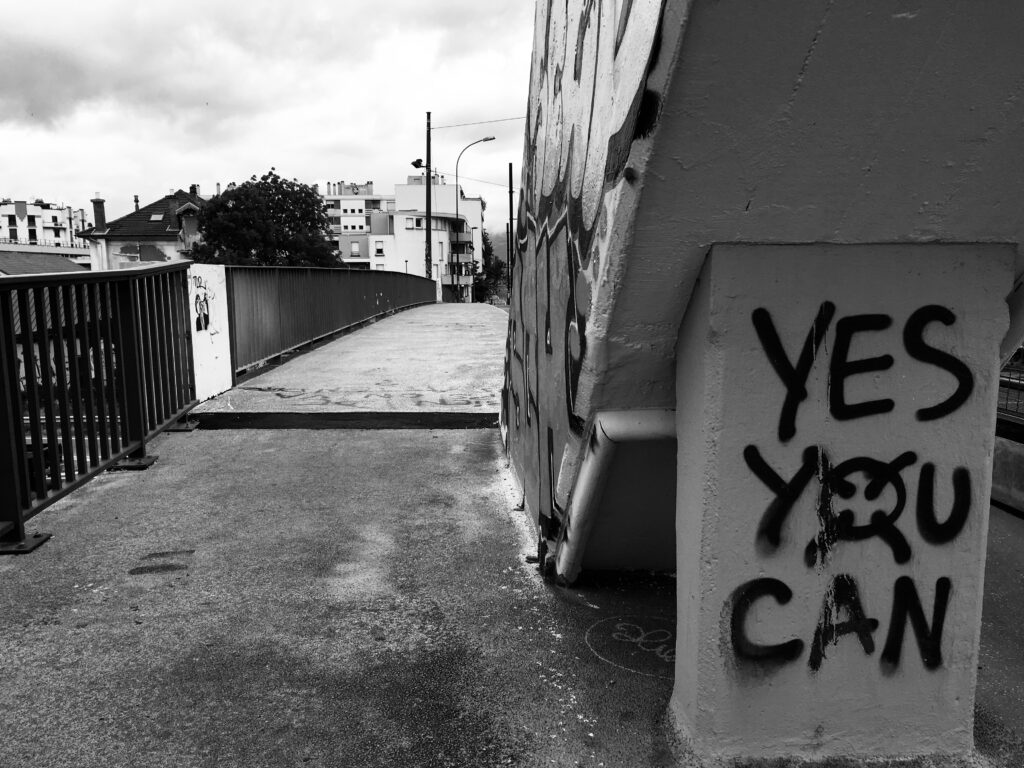
In this post, Megan Jones, a 3rd year French and Linguistics student, showcases an innovative project in the Department of European Languages and Cultures, which supports students in their preparation for their year abroad, and was funded by the Student Partnership Agreement…
Since 2018, I have been working alongside Veronique Desnain, Head of the Department of European Languages and Cultures (DELC), as a student leader of the DELC Year Abroad Interactive Map Project. DELCs’ Interactive Map Project is a creative scheme, currently under development, which runs alongside DELC’s Keeping Well Abroad Project as part of the DELC Creative initiative.
The aim and purpose of the Interactive Map Project is to create an online, interactive, global map which enables students to click on a location to access information, photos and experiences provided by students who have returned from their year abroad in these places.
In fact, the interactive project grew from DELC’s Keeping Well Abroad Project, which was funded by the Student Partnership Agreement. This short project ran a competition for students on their year abroad, which consisted of submitting a photo illustrating either a challenge or a solution to keeping well, physically and mentally, while abroad, as well as a short paragraph explaining the significance of the photograph.

The project and exhibition of the submissions were so well received that DELC has now made a selection of the first competition entries available as a permanent online exhibition, and intends to run a further photo competition every year. We are also hoping that the material can also be integrated into the Map Project.
Students and staff who attended the event, at which the pictures were displayed and the winner announced, gave extremely positive feedback about the exhibition. Second year students who were preparing to go abroad themselves acknowledged that learning about other people’s experience made them feel more confident about going abroad, while returning fourth year students were keen to share their own experience on the day with the competition participants. It is hoped that, now the exhibition is up on the DELC Creative page, new students will have the opportunity to experience this as well and that we can keep adding to this vital resource.
Having been part of the project as a student before, during and after the year abroad, I will contribute a valuable student insight on how best to develop the interactive map geared towards a student perspective. As a third year French and Linguistics student about to embark on my year abroad, I’m very excited about the prospect of this interactive map as it is just the kind of project I would have appreciated during my year abroad application process.
There are a lot of anxieties approaching the year abroad; many people divulge to feeling thrown in the deep end. This is why the interactive map project is a valuable resource in order to keep well while on the year abroad. I can vouch from personal experience that it was comforting to hear the stories and personal insights of returning students who could share insider tips and knowledge.
Participating in the DELC projects as a student – including being an editor of DELC’s modern languages magazine, Babble, and hosting the launch of both Issue 2 & 3, as well as playing the lead role ‘Henriette’ in Les Escogriffes’ production of ‘Les Femmes Savantes’, which receives support from DELC as a modern language play – has really contributed to my experience as a student on the whole. It has given me an opportunity to interact with the language in different contexts, and really make myself familiar and get involved with all the opportunities available through the department. It has been a wonderful experience to liaise with students and staff, particularly the latter, and I feel as if I have a much better student-staff relationship thanks to the DELC projects.
At the moment, the interactive map is being developed by the Digital Innovations team, who are organising the technical aspects of the website. The uniqueness of this project lies in the contribution of current students and the bridge it builds between different years of students studying the same language. This project has been very rewarding in the opportunity it grants to meet with, and talk to, students in years above and below.


